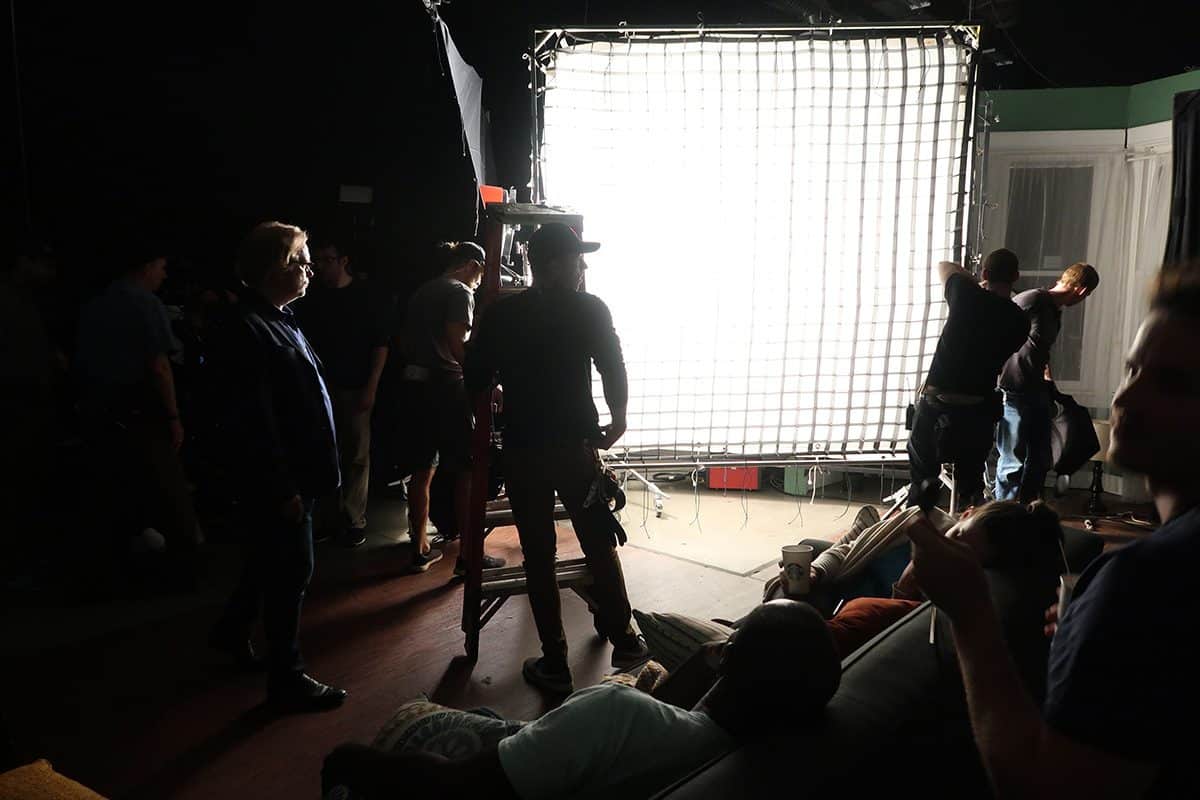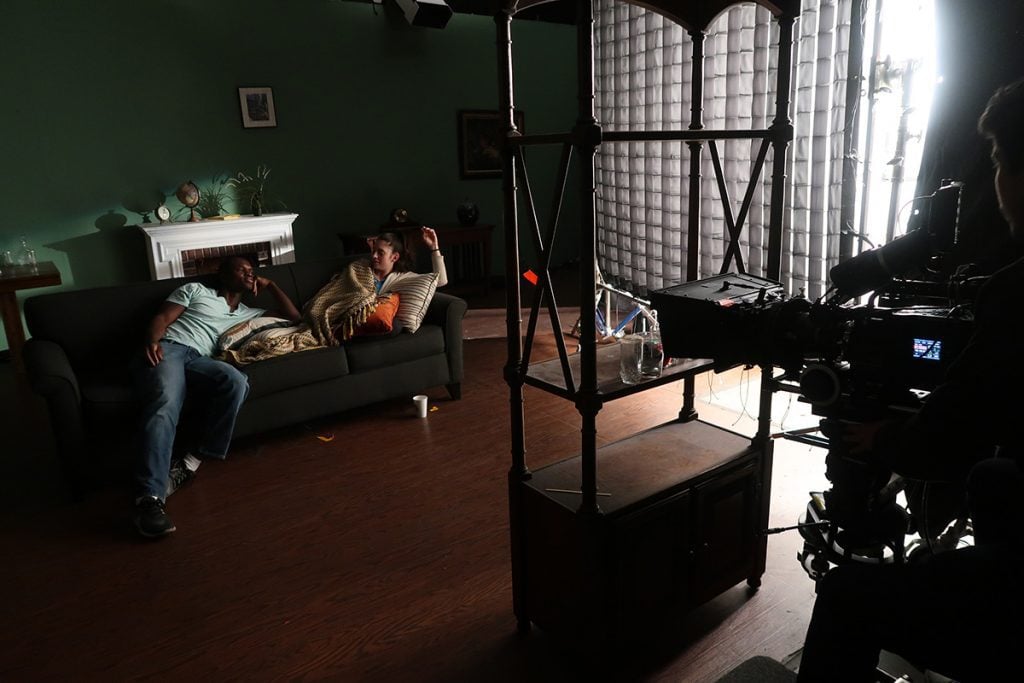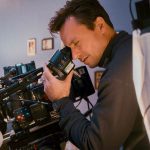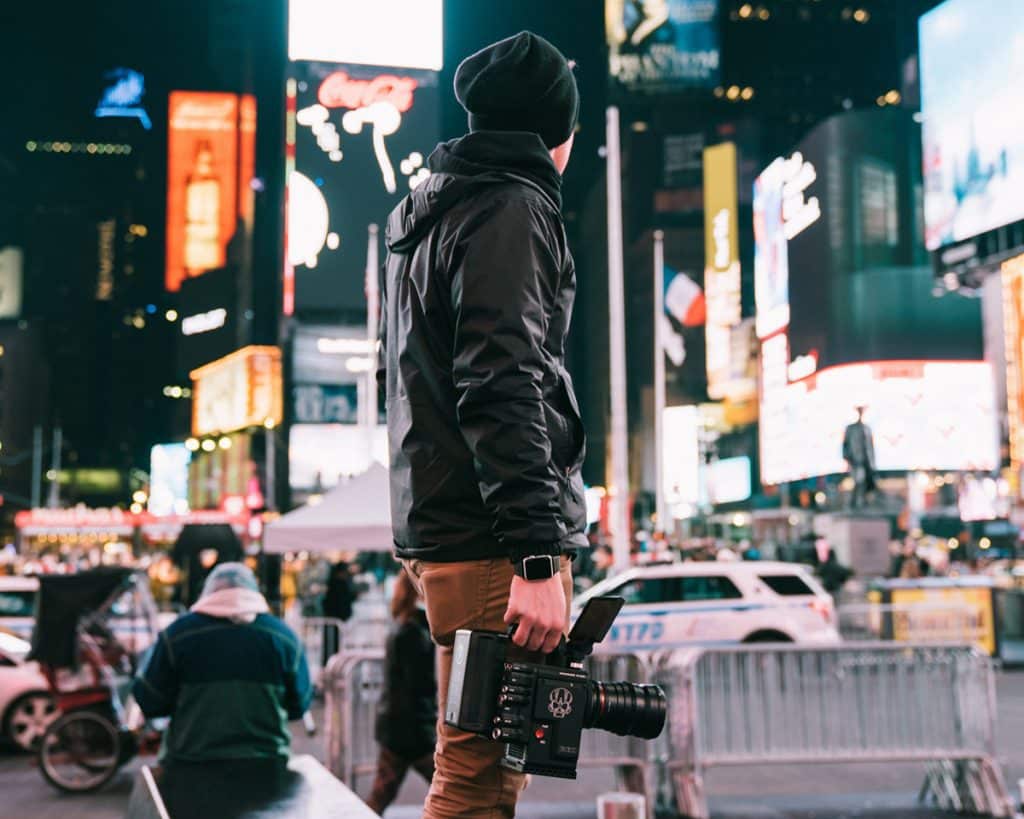“Is There Light at the End of the Tunnel?”
Now Let’s Think Outside the Box
By William Donaruma
It depends on the tunnel and how it plays in the story. We can get caught up in motivated light sources within a scene. Where is the window or practical light source? What time of day is it? Should it be hard or soft light? I know I can be a slave to naturalism when I have to teach concepts of lighting, so students can look at a space and figure out how and why to place a light for a scene. At an ASC (American Society of Cinematographers) Master Class held at the ASC Clubhouse in Hollywood, CA, we were schooled in how to think outside of that box. Shelly Johnson, ASC (“Captain America”, “Greyhound”) said he isn’t a slave to naturalism and motivated light versus what is right for the scene and its emotion. I asked the question when reviewing a scene in “Captain America” between Steve Rogers and Peggy Carter amidst a bombed building at night. There is a cool blue exterior and a mysterious source of warm light that cascades upon our heroes in an intimate moment. True to the story and the emotion of the moment, the light envelopes the characters to fit the story at that moment when we need to feel their connection.
On the flip side of this is the avant-garde of Vittorio Storaro, ASC with quickly moving sunlight conveying passion and unrealistic color shifts for mood in “The Conformist”. Oliver Bokelberg, ASC (“The Station Agent”, “Scandal”) strives for an authenticity to images, which find the truth in a scene and in the story. For his work, he approaches the attitude of a scene and the motivation of the camera, light and actor movement. Paintings, such as Vermeer, Hopper and Wyeth, are an inspiration for naturalism and motivated light, but in varying color palettes and contrast. In this case, the darker side of characters towards the camera is more dramatic and emotionally impactful versus the broad lighting strokes required in comedy.
The same can be said when you need to shoot the simple interview set up. What is the subject of the conversation? Where is the setting? I have done a number of set-ups on the subject of data science in various locations, which can lend to blue and green light from multiple sources versus the emotional context of poverty and loss, which require less attention to the scene and natural palette that conveys the story of those involved. The story of the subject rules your tactics, whether it is fiction or non-fiction. As Shelly Johnson put it, “The image doesn’t need to be perfect, it needs to be right for the story.”
So, is there light at the end of the tunnel? Why is there wet down inside the tunnel at the end of “Back to the Future Part II”? How does Roger Deakins find light on Daniel Craig in the tunnel in “Skyfall”? What kind of tunnel is it? Yes, there can be light or no light or time travel light, as long as it serves the story and the emotion you need to convey.
William is currently a Teaching Professor in Filmmaking at the University of Notre Dame and also serves as Creative Director for the Office of Digital Learning. His courses involve narrative digital cinema production as well as visual research in anthropology stemming from his documentary work off the coast of Ireland. He forged careers in academia, cinematography and directing winning awards for both teaching and filmmaking. www.williamdonaruma.com








